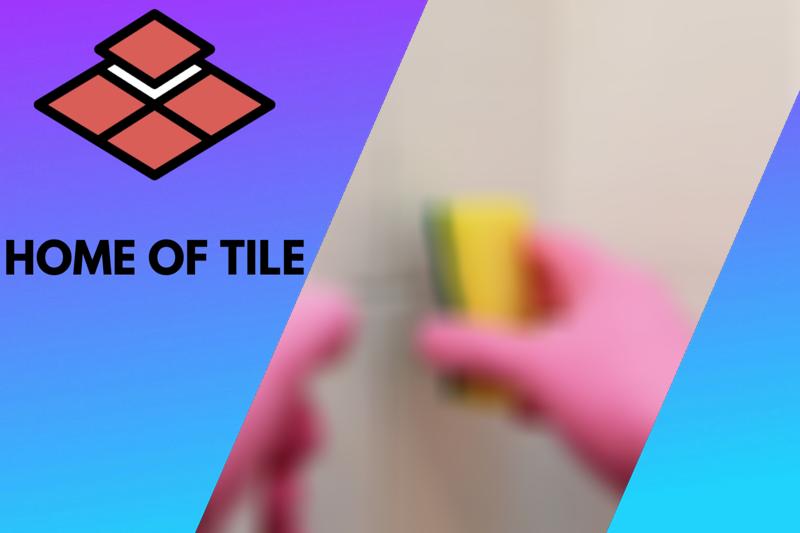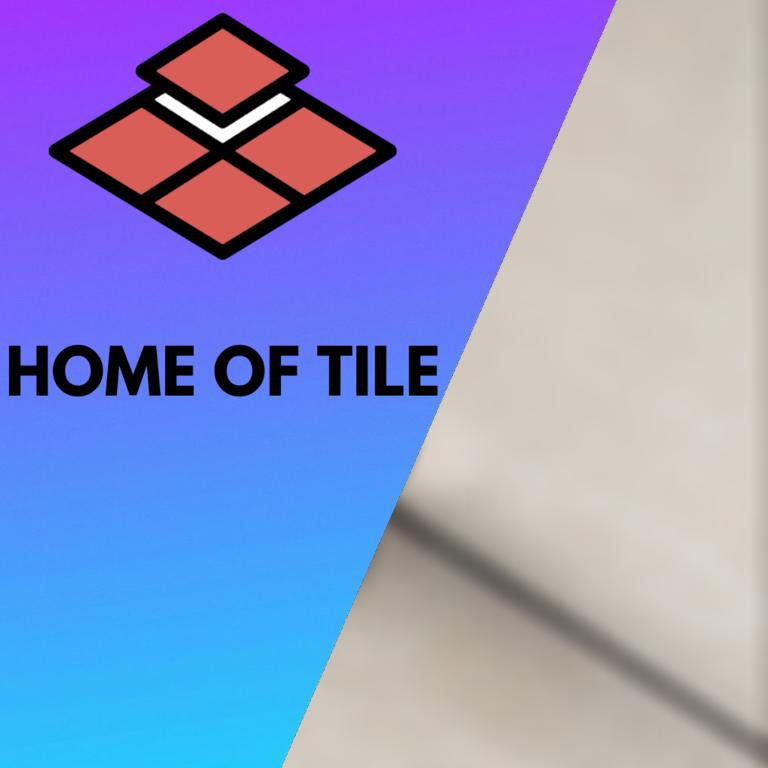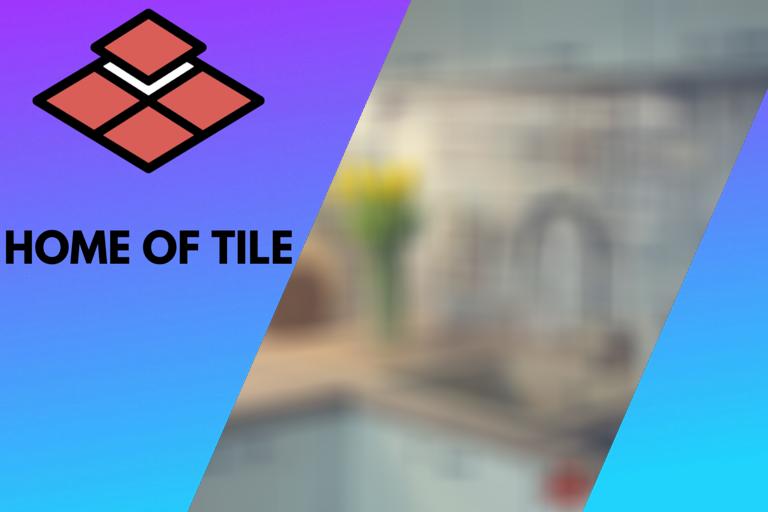What Is the Best Cleaner for Grout. What pros say
Grout is the material that fills in the gaps in between tiles in your kitchen or bathroom. Grout bolsters the structural integrity and the aesthetics of the tile by giving it a frame. The downside is that grout can get dirty quickly, and it will collect mold and mildew faster than the tile it surrounds.
The best cleaning solutions for grout are either commercial products you can find at your local hardware store or a mixture of baking soda, hydrogen peroxide, and dish soap. You can use chlorine bleach on white grout. If you have color-tinted grout, oxygen bleach is a better choice.

In the rest of this article, I’ll go into more detail about using commercial products, a DIY mixture, and bleach to clean between your tiles. I’ll tell you the pros and cons of each cleaning method and some helpful information to help you decide which way is for you.
Contents
Commercial Grout Cleaners
There is no shortage of commercial products claiming to be the best at cleaning mold and mildew off grout in your home. Some are better than others, and some will eat away at your grout and erode it each time you clean with it.
● Pros: Commercial Grout Cleaners
The most significant benefit of buying a commercial grout cleaner is convenience. You won’t have to mix up some solution or handle potentially dangerous chemicals. Run to the local hardware store, grab a bottle, point, and spray, right? Well, not exactly.
Though a premixed grout cleaning solution may seem convenient, not all grout cleaning products are the same. You will need to pay close attention to the formula of the product to ensure it isn’t an acid or oil-based product.
● Cons: Commercial Grout Cleaners
You should avoid any acidic grout cleaners or acid-based cleaning products. These products will eat at the grout and diminish it over time. This erosion could cause significant problems and will be expensive to repair.
These acid-based cleaners aren’t necessarily cleaning the grout. They’re just stripping away the dirty top layer, revealing a clean layer underneath. If you use an acid-based product regularly, you are just eating away your grout each time you clean.
This makes it progressively easier and easier for mildew, mold, and dirt to collect in the crevices that get deeper after each cleaning. This means the stains will return faster and worse after each cleaning.
You should avoid waxy or oil-based cleaning products as well. These are not as detrimental to the structural integrity of the grout, but they do leave behind a film on the grout that will attract dirt and moisture.
This film created by waxy, oil-based cleaning products attracts contaminants and makes future cleaning a lot more complicated. When you try to clean the grout after treating it with a product that leaves behind a waxy film, you’re not cleaning the grout itself. You’re cleaning the film that is sitting on top of the grout.
DIY Grout Cleaning Mixture
This is the best method for cleaning grout. It is gentle enough to not erode the grout but strong enough to remove mold and mildew stains. You might think that creating a cleaning solution yourself would be too hard, but it’s actually very straightforward.
There are a few different solutions you can create at home, and most of them require only simple ingredients you can find around your home already. Baking soda, hydrogen peroxide, and dish soap are the best DIY mixture for cleaning grout.
● How To Mix and Apply a DYI Cleaning Solution
To make this mixture, you will need:
- ¾ cup (180 ml) of baking soda
- ¼ cup (60 ml) of hydrogen peroxide
- One tablespoon (15 ml) of dish soap
- Step 1. Mix ingredients: Mix the three ingredients until they form a thick paste; you can add more hydrogen peroxide or baking soda to adjust the consistency of the mixture.
- Step 2. Apply the mixture: Once your paste is ready, apply it to the grout and wait a few minutes so the active ingredients in your mixture have time to work.
- Step 3. Scrub the area: After you’ve let the mixture sit and do its work, it’s time to grab a grout brush or an old toothbrush and start scrubbing.
- Step 4. Scrub the grout: After scrubbing, rinse the grout thoroughly and use a sponge or a microfiber towel to clean the area and ensure no residue from the mixture is left behind.
You can repeat this method immediately as often as necessary—this at-home cleaning solution is not corrosive to the grout.
The only downside to this method is that you have to make the cleaning solution yourself. But for those who dislike harsh chemicals, this is a perfect way to eliminate mold and mildew stains on grout.
Using Bleach To Clean Grout
Bleach may seem too harsh of a chemical to use on grout, especially chlorine bleach. But on white grout, chlorine bleach is a perfectly suitable cleaner. It is a powerful cleanser but it’s not acidic, so it will not erode your grout.
Oxygen bleach is also an excellent choice for use on color-tinted grout. It is just as capable of removing mildew and hard water stains while preserving the color of your grout.
The biggest downside to using bleach to clean your grout is that bleach is not capable of killing mold. But if you take good care of your grout and there is no mold yet, then bleach is a great cleaner for grout.
If mold has already grown on your grout, using bleach will not help. Bleach cannot penetrate the surface to kill mold at its roots. Mold spores spread those roots deep into the crevasses of the grout, where bleach cannot reach.
Bleach is best used for quick spot cleaning on stains that you know aren’t mold. The best way to prevent mold is to regularly clean your grout using a commercial or DIY cleaning solution.
Conclusion
While there are a great many commercial products that claim to be the best grout cleaner, these products are expensive and may contain acid that will eat away at your grout or oils that will leave a waxy film on it.
Bleach may seem like the next best option. It’s a very strong cleaner that isn’t acidic. However, bleach can’t penetrate the grout’s surface to kill mold at the root.
The best grout cleaner combines baking soda, hydrogen peroxide, and dish soap. It is gentle yet effective at cleaning deeply.







